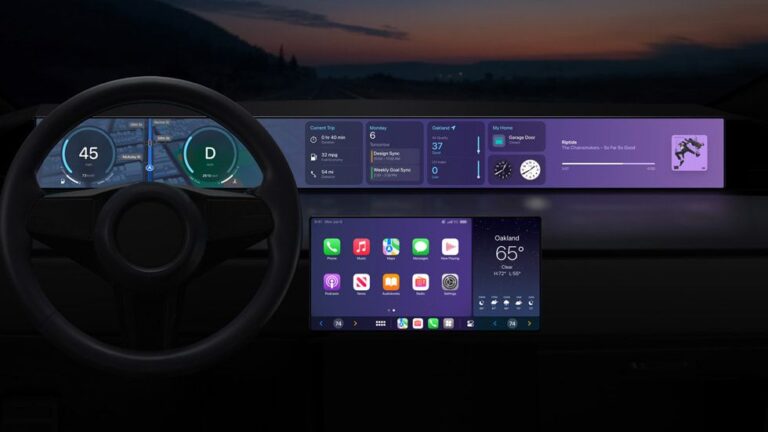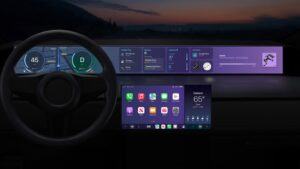Google has to address Gingerbread to make a difference.
- Radio Free Research has indicated that while Android utterly dominates the market for smartphones, its parent Google only has access to one third of them. (see Mobile Software – iRobot page 20)
- This calculation is based on the number of Android devices that are Google compliant and the number of devices that are running Android 4.0 or better.
- Radio Free Mobile believes that for Google to properly monetise a device (with its apps) it must be both Google Compliant and running Android 4.0 or better.
- In June this calculation led to the forecast that of 892m Android in the hands of users at the end of 2013, Google would have access to only 288m (32%).
- Following the Q2 reporting season and an update on developer.android.com these numbers have moved slightly in Google’s favour.
- Radio Free Mobile now forecasts that there will be 919m Android devices in the hands of users at the end of 2013.
- Google’s activation figures are much higher but don’t forget that Google has decided to ignore replacement sales and to focus just on gross activations.
- Android 4.0 has also made meaningful gains in the last 3 months with versions other than Gingerbread becoming almost non-existent.
- Android 4.0 now accounts for 63% of all Android devices up from 56% in May.
- This improves Google’s penetration of the Android user base from 32% to 34% and the number of devices from 288m to 313m.
- Take Home Messages:
- The Google eco-system has made it past the key 300m user milestone that Radio Free Mobile has set for an ecosystem to be very successful and here to stay.
- Gingerbread (2.3) remains a large portion (33.1%) of Google compliant devices and has shown no meaningful decline this year.
- The vast majority of Android devices still generate no meaningful revenues for Google.
- The main problem that Google has is the fact that handset makers are still using Gingerbread to make Android devices.
- While it is possible to make a $50 device using Android 4.0 it is much easier to make one with Gingerbread.
- Hence the lesser skilled handset makers have stuck with Gingerbread.
- Android 5.0 is likely to be seen as a dull update but its real aim is to make it easier to make cheap devices.
- This could have the effect of starting to really erode the Gingerbread installed base and would be instrumental in pushing the number of devices that Google has access to towards 500m.
- This could have an unexpected and positive effect on mobile advertising revenues in 2014.
- While Yahoo! remains the most exciting stock to look at in the mobile internet space, Google could be ripe for a nice bounce as forecasts take into account this increase in addressable market.









Blog Comments
tatilsever
August 6, 2013 at 6:07 pm
Which aspects of pre-4.0 Android prevents Google from monetizing the users of these handsets?
windsorr
August 7, 2013 at 11:38 am
Its the fact that the user experience is so poor that users don’t tend to do much with the phone other than voice and text. this usage has virtually no value to Google and hence no monetisation. If these users start doing more with cheap devices like they may with Android 5.0 then Google may be able to monetise them much more effectively….
tatilsever
August 7, 2013 at 9:02 pm
You might be correct, but it is also quite possible the users buying those devices intended them to be primarily voice, text, email and social networking gadgets with occasional web browsing. Giving them Android 4+ devices may not change their use pattern. I have played around with cheap 2.3 and pricey 4.x Android phones. The more up to date devices may be more responsive, but I doubt there will be a radical shift in how the users can or will take advantage of them.
The original iPhone and 3G were unusable by today’s standards, but their owners was quite active online despite to OS and hardware limitations. In addition to much faster CPU/GPU, bed rock UI capabilities such as copy and paste only appeared on 3GS. Third party apps had to wait another year before they were allowed to run, partially, in the background. Was the utilization patterns so poor back then for iPhone? If it did not jump so much then, why should it radically shift now for Android when the UI improvements are far less noticeable?